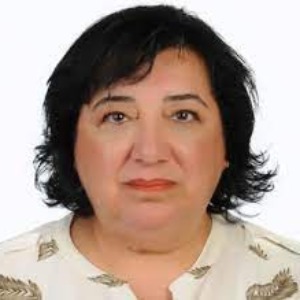Title : Biomimetic gellan gum hybrid hydrogels for extracellular matrix simulation in mouse embryonic stem
Abstract:
In regenerative medicine, the selection of the optimal stem cell type is pivotal due to their diverse differentiation potentials and interactions with the extracellular matrix (ECM). Although Gellan Gum-based hydrogels have been extensively studied with various cell types, their application with mouse embryonic stem cells (mESCs), which exhibit unique characteristics, remains underexplored. This study focuses on evaluating Gellan Gum-based hydrogels, in conjunction with silk fibroin and sodium alginate, as substrates for mESC culture to better replicate ECM conditions and address the limitations of existing systems. Hydrogels were synthesized with Gellan Gum concentrations of 0.3%, 0.5%, 0.75%, and 1%, combined with 3% silk fibroin and 4.2% sodium alginate respectively. Comprehensive evaluations included swelling kinetics in phosphate buffer solution (pH 7.4) and acetic buffer solutions (pH 1.2), cytocompatibility assessed through lactate dehydrogenase (LDH) and MTT assays, thermal properties analyzed via Differential Scanning Calorimetry (DSC), and surface morphology characterized using Scanning Electron Microscopy (SEM). Results demonstrated that hydrogels with 0.5% and 0.75% Gellan Gum concentrations exhibited optimal swelling behavior, cytocompatibility, and mechanical properties. Specifically, Gellan Gum-silk fibroin hydrogels effectively supported cell viability, while Gellan Gum-sodium alginate hydrogels displayed enhanced stability. DSC analysis revealed that silk fibroin decreased the peak thermal transition temperature, whereas sodium alginate increased it. SEM imaging indicated that higher Gellan Gum concentrations improved scaffold rigidity, with silk fibroin contributing to enhanced flexibility and surface smoothness. These findings suggest that Gellan Gum-based hydrogels have significant potential for mimicking ECM in tissue engineering applications. Future research should evaluate their in vivo biocompatibility, and investigate their long-term stability, degradation characteristics, and potential for incorporating bioactive molecules.
Keywords: Gellan Gum; Silk fibroin; Sodium alginate; Hydrogels; Mouse embryonic stem cells; Extracellular matrix; Biomimetic



